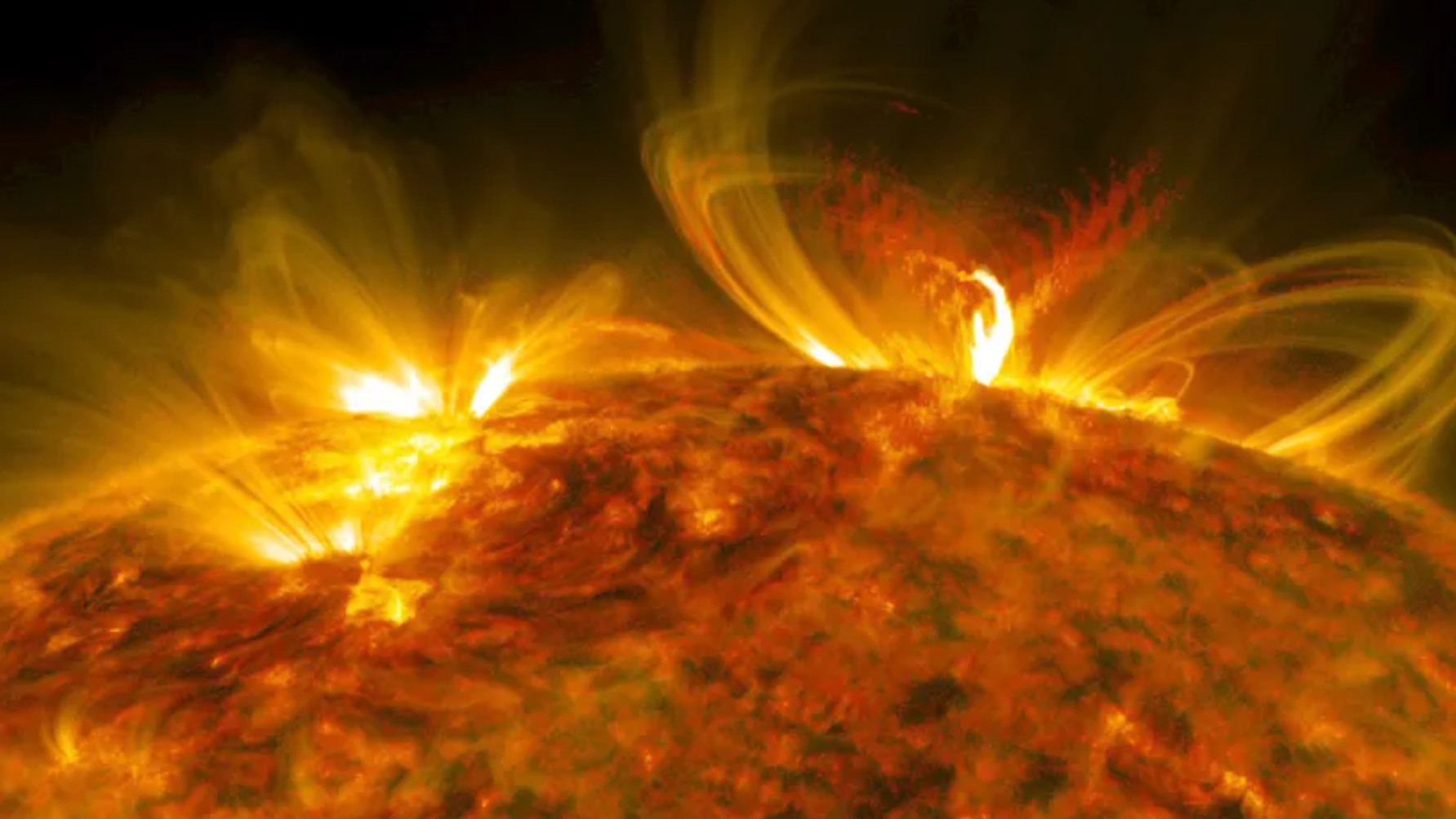In 5 billion years, the sun will run out of hydrogen in its core and it will turn into a red giant devouring the planets of our solar system, such as Mercury and Venus – and possibly Earth.
A new study using hydrodynamic simulations examined the forces acting on a planet when it is swallowed by an expanding star, revealing the many possible interactions of a substellar body with a planet or brown dwarf.
The lead author of the research, Ricardo Yarza, of the University of California, Santa Cruz, US, presented the new findings at the 240th meeting of the American Astronomical Society. “Evolving stars can be hundreds or even thousands of times larger than their planets. This disparity in scales makes it difficult to accurately perform simulations of the physical processes that occur at each scale,” Yarza explained.
“Instead, we simulated a small part of the star centered around the planet to understand the flow around the planet and measure the drag forces acting on it.” The new research could help explain recent observations of planets and brown dwarfs as they orbit stellar remnants like white dwarfs and sub-dwarfs.
Previous studies indicated that these systems may be the result of processes of planetary engulfment that involve the shrinking of the swallowed body’s orbit and the expulsion of the star’s outer layers. “When a planet moves inside a star, drag forces transfer energy from the planet to the star, and the interstellar envelope can break off if the transferred energy exceeds its binding energy,” Yarza explained.
Yarza and the team calculated that no substellar body smaller than about 100 times the mass of Jupiter could eject a sun-like stellar envelope before it expands to about 10 times the radius of the sun. In later stages of stellar evolution and expansion, however, the stellar envelope could be ejected by an object as small as 10 times the mass of Jupiter, shrinking its orbit by several orders of magnitude in the process.
The study also found that planetary ingestion can increase the luminosity of a sun-like star by several orders of magnitude for up to several thousand years, depending on the mass of the swallowed object and the evolutionary stage of the star. The team says these findings can be incorporated into future work that explores the effect of ingestion on the structure of stars.
“Our work can be informed by simulated inundation of planets at the stellar scale, providing an accurate reference picture of the physics at the planet scale,” says Yarza. According to Yarza, various planetary systems have been identified through exoplanet search programs. As these systems evolve, many of them will likely experience planetary engulfment. “We think it’s relatively common,” he said.

“Incurable thinker. Food aficionado. Subtly charming alcohol scholar. Pop culture advocate.”



:strip_icc()/s02.video.glbimg.com/x720/12532177.jpg)



More Stories
Comet 12P/Pons-Brooks passes through a solar flare in NASA video
The Ministry of Health and Google enter into a partnership – Capitalism
“Devil's Comet” can now be seen in the skies of southern Brazil